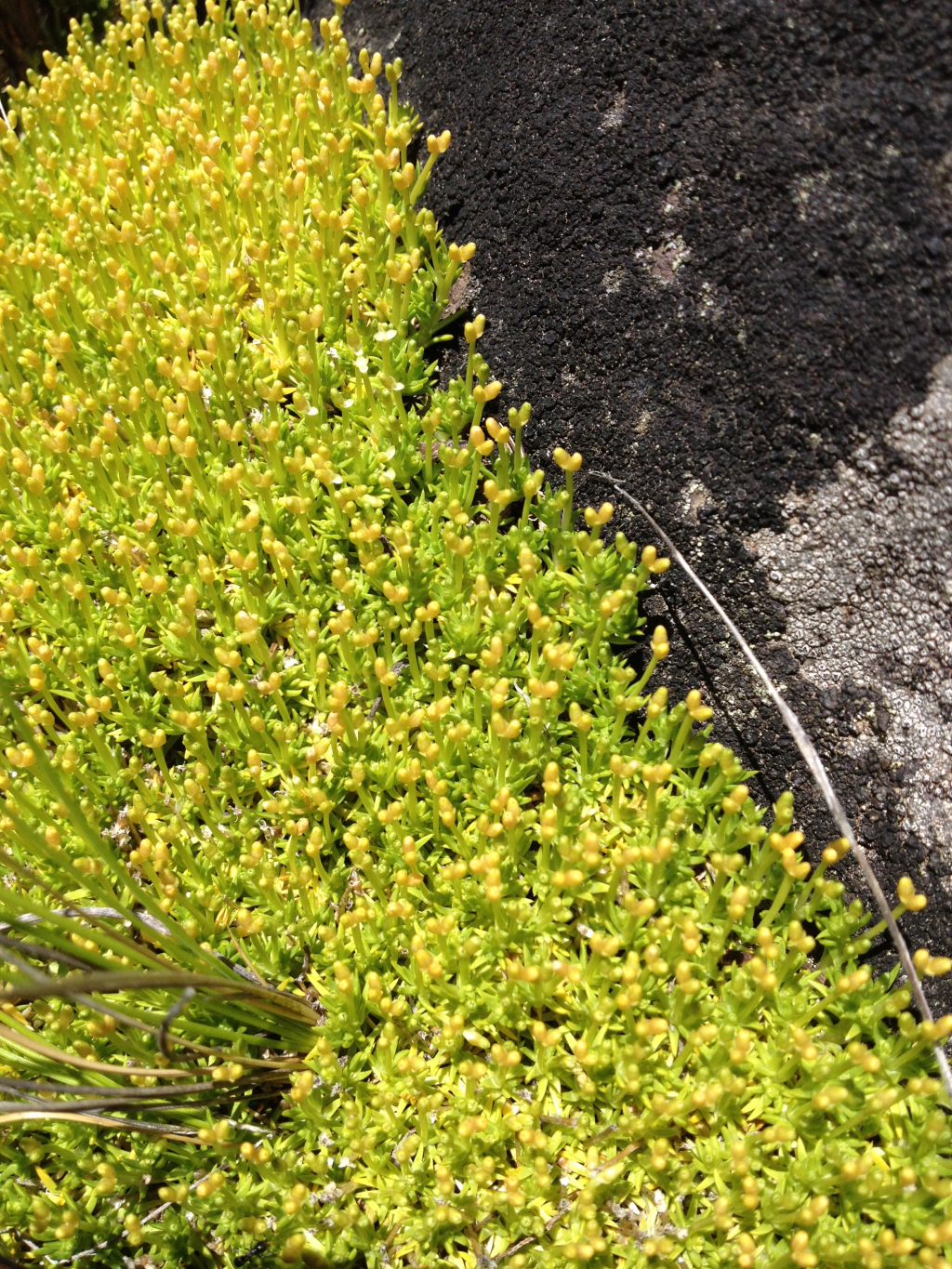Scleranthus
Annual or perennial, much-branched, often tufted herbs sometimes with woody base, glabrous to hirsute. Leaves opposite, sometimes fascicled, linear to subulate, often papillose; stipules absent. Flowers in axillary and terminal dichasia, 4- or 5-merous, bisexual; bracts 2 per flower, leaf-like. Sepals 4 or 5, inserted on the margin of the tubular perigynium; petals absent; stamens 1–7; ovary 1-celled, styles 2. Fruit an indehiscent nutlet enclosed by the persistent pergynium and calyx, veins sometimes visible as pronounced ribs; seed 1, obovoid, more or less tuberculate.
12 species, native in Europe, the Near East, North Africa, Australia, New Guinea and New Zealand; 9 species native in Australia.
Cowley, K.J.; West, J.G. (1996). Scleranthus. In: Walsh, N.G.; Entwisle, T.J., Flora of Victoria Vol. 3, Dicotyledons Winteraceae to Myrtaceae, pp. 248–251. Inkata Press, Melbourne.
 Spinning
Spinning

